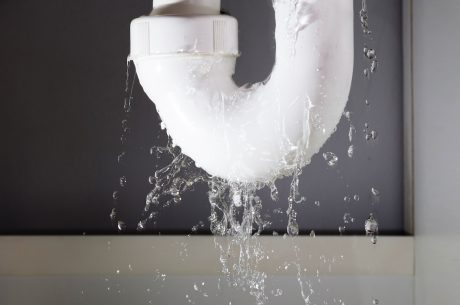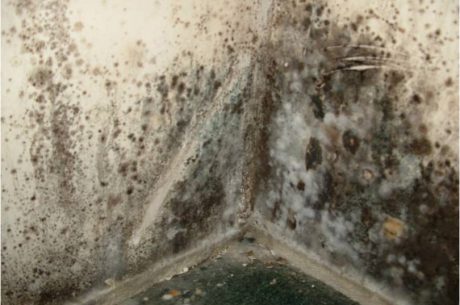Table of Contents
The start of hurricane season always brings an eerie mix of calm skies and quiet worry. It’s easy to underestimate the danger—especially during the deceptively peaceful “eye of the storm.” That’s why following well-planned hurricane safety tips can make all the difference between chaos and control.
Whether you’re a longtime South Florida resident or a newcomer to the region, the time to prepare is before the wind picks up and the rain starts falling. In this post, we’ll walk you through the most important hurricane safety tips to keep your family and property safe.
1. Hurricane Safety Tips Start with Early Preparation
One of the best hurricane safety tips is to start planning before a storm is even on the radar.
- Create a hurricane emergency kit with water, non-perishable food, flashlights, batteries, medications, and first aid supplies.
- Have copies of critical documents in a waterproof folder (insurance policies, ID, property deeds).
- Know your local evacuation routes and shelter locations.
Being prepared in advance helps reduce panic and protects your family when time is running short.
2. Understand the Eye of the Storm
Here’s the thing about the eye of the storm: it’s the calm before round two. Many people are fooled into thinking the danger is over when the winds stop. But the back side of the hurricane is just as powerful—sometimes more.
Hurricane safety tips stress staying indoors even if it looks like the storm has passed. Wait for official weather advisories before leaving shelter.
3. Secure Your Property Before the Storm Hits
Another one of the top hurricane safety tips is to storm-proof your home before the wind arrives.
- Board up or install hurricane shutters on windows.
- Reinforce garage doors.
- Trim trees and remove weak branches.
- Bring in patio furniture and anything else that could become a projectile.
These steps may seem small, but they dramatically reduce the risk of property damage.
4. Prepare for Power Outages
Power failures are almost guaranteed during major hurricanes. Use these hurricane safety tips to prepare:
- Charge all devices and backup batteries.
- Fill gas tanks in your car and portable generators.
- Stockpile ice in coolers to preserve perishable food.
- Have a manual can opener on hand.
The first 24–72 hours after a hurricane are often the hardest—plan to be self-sufficient during that time.
5. Never Drive Through Flooded Roads
One of the most repeated—but ignored—hurricane safety tips is: Turn around, don’t drown.
Flooded roads may look passable, but even six inches of moving water can sweep your vehicle away. Stick to higher ground and avoid driving until roads are officially cleared and safe.
6. Keep Communication Lines Open
Communication is key during any emergency. Be sure to:
- Sign up for local emergency alerts and weather notifications.
- Share your evacuation plans with family members.
- Designate an out-of-state contact person in case local lines go down.
Reliable communication is one of the more underrated hurricane safety tips, but it can be life-saving.
7. After the Storm: Stay Safe and Start Cleanup Carefully
Once the winds die down, the instinct is to rush outside and start cleaning up. But this is when injuries often occur.
Hurricane safety tips recommend to:
- Avoid downed power lines—assume they’re live.
- Watch out for broken glass, nails, and sharp debris.
- Don’t wade into floodwaters—they can contain sewage or dangerous wildlife.
- Take photos of damage for insurance purposes before beginning any cleanup.

Frequently Asked Questions About Hurricane Safety Tips
Q1: What should be in a hurricane emergency kit?
Include water (1 gallon per person per day), canned food, flashlight, batteries, medications, first aid supplies, sanitation items, and a battery-powered radio.
Q2: Should I evacuate if I’m not in an official evacuation zone?
If authorities recommend evacuation, do it—even if you think your home is safe. Storm surges and wind damage don’t always follow maps.
Q3: Can I rely on my phone for weather alerts?
Yes—but also have a NOAA weather radio in case cell towers are down. One of the core hurricane safety tips is to have backup communication tools.
Q4: How do I know if it’s safe to go outside during the eye of the storm?
You don’t. The eye is temporary and the storm will resume. Stay inside until you hear an official all-clear from local authorities.
Q5: What’s the safest room to shelter in?
An interior room without windows—like a bathroom or closet—is ideal. Avoid rooms with glass and exterior walls.
What If Your Home Suffers Storm Damage?
Even with the best Hurricane Safety Tips, South Florida storms are relentless. If your home experiences flooding, roof damage, or mold growth due to high humidity and water intrusion, don’t panic. Help is just a phone call away.
Call PuroClean of Plantation – Your 24/7 Storm Damage Restoration Experts
When the storm ends, our work begins. PuroClean of Plantation is your trusted local team for 24/7 storm damage restoration services. We handle:
- Emergency water extraction
- Structural drying and dehumidification
- Mold remediation
- Roof tarping and board-up
- Full cleanup and restoration
We are on-call day and night, ready to help you recover—quickly and professionally.
📞 Call us now at (954) 477-7007 or contact us online to schedule a storm damage assessment.



